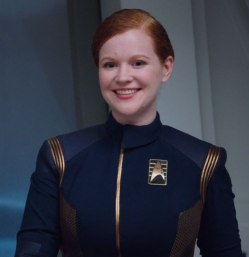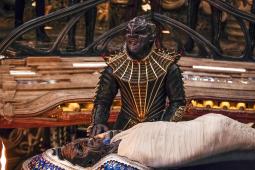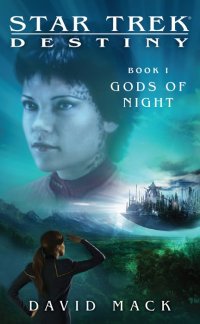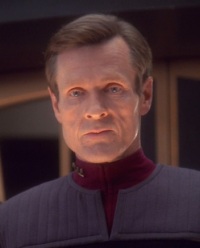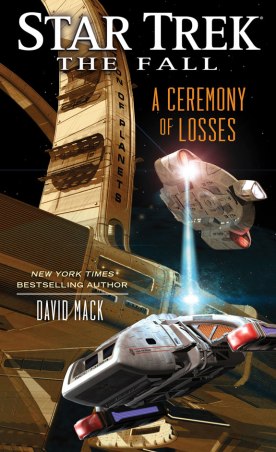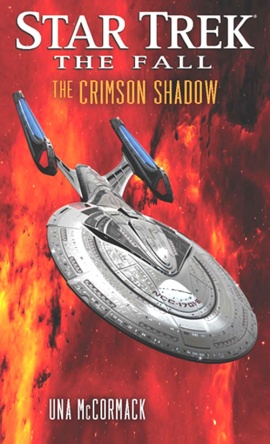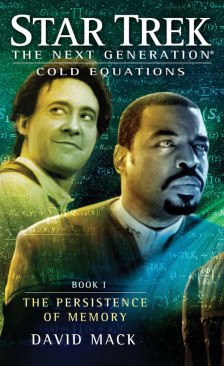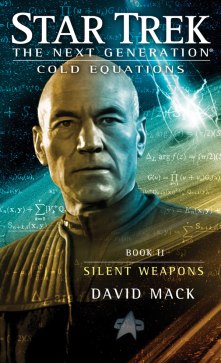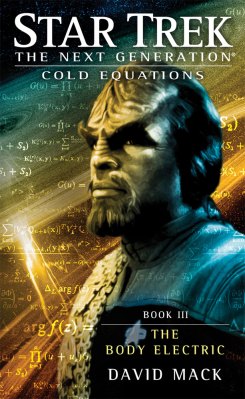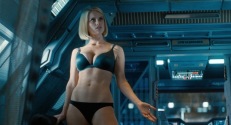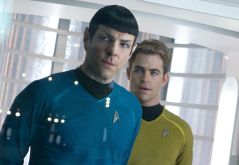From it’s very inception, Star Trek: Picard has gone where no Star Trek has gone before. Gone are the days of a Starfleet crew on a voyage of discovery, and instead the series is more akin to any other serial drama you might see on TV, but which happens to be set within the Trek universe. As its name would suggest, Picard is centred on a singular character rather than a whole crew, and while it does focus on those around him as well, it does so to further his story as much as their own.

And with a new breed of series comes a new breed of tie-in. Although, like those of Discovery before it, ‘The Last Best Hope’ was written specifically in collaboration with the show’s writers, this is the first to be written for a Trek series with such a singular narrative. While in some ways this focus has been a breath of fresh air for Trek on TV, in the medium of the tie-in novel this takes some getting used to.
Like Starfleet, transmedia works best when it is out there exploring the fringes of what we know. In their long and varied history Star Trek novels have adapted onscreen adventures, given us brand new ones, and continued the lives of characters we love when they no longer graced our screens (something which Picard may retcon, but can never replace); even Discovery‘s novels gave us the backstories of its characters in a variety of original novels with varying links to established canon. Not so with Picard.
Yes, we are given the story of the events which set the scene for Picard, but by accompanying a show with such a narrow scope, ‘LBH’ is less an original novel in the vein of ‘The Way To The Stars’ or even ‘Drastic Measures’ (which also tells the story of pre-established events), but more about simply getting us from A to B.
Its fair to say that the novel’s biggest drawbacks are those which link it to the series itself (or at least what we have seen of it so far). Here we also get enough of a glimpse of B-4 to illustrate Data’s loss, but which also leaves other questions unanswered. If Nemesis isn’t being ignored, then where are the Remans? Likewise why did no-one suggest the use of holograms instead of developing synths? While it’s obvious and understandable that certain elements have been ommited for the sake of the narrative, for a show so deeply invested in what has come before it seems odd that it has either forgotten, or does not care, about so much of the Lore.
But while the premise itself may be constrictive, author Una McCormack has taken the novel and undeniably added her own unique, and engaging stamp on this new corner of the Star Trek universe.
As always, her prose is fantastic and the way in which she is able to set each scene through the descriptions she uses is second to none. Having been (rightfully) entrusted with the redevelopment of Cardassia after the events of Deep Space Nine, here McCormack brings those skills to the fate of Romulus in a way that no one else could do justice. The duplicity of the Tal Shiar is at the same time both unthinkable and entirely believable, whilst McCormack herself slips in what has to be a reference to Salisbury Cathedral in a way that would surely make Garak proud.
She also goes above and beyond the general standard of the central Infinite Diversity in Infinite Combinations concept, and while on-screen Trek may only just be catching up to the novels’ decades worth of LGBT representation, here McCormack specifically addresses the use of “visual tagging for sign users” alongside universal translators during the symposium as well.
And this is where the novel beats the series (so far at least), in that even if the narrative is tied, it still stretches out and explores in anyway it can. Using the veil of sci-fi as “a human way of telling certain truths”, McCormack has also written a novel which expertly captures the current climate of #fakenews and deniers in a way which would be entertaining were it not so applicable: the Tal Shiar’s handling of Nokrim Vritet is essentially just as blunt, but no more more forceful or less effective than today’s media headlines. Had it not happened just two months ago, you could have sworn this book was written in direct response to the recent UK election as much as the atmosphere of Brexit Britain and Trump’s America in general.
But it is also this relatability through which McCormack tells a story about the collective culture and individuality of the race that Picard is trying to save. Despite the inclusion of Starfleet’s top brass and even the Federation Council, it is through the eyes of the more down to Earth Vritet and Amal Safadi that we discover the truths (and untruths) about the galactic politics between the Federation and Romulan Empire, and yet despite being burdened with exposition they never come across as anything less than the most fully rounded and relatable characters.

Likewise Koli Jocan brilliantly shouldering the weight that takes its toll on the whole crew, and alongside others such as Olivia Quest, McCormack has given us brand new characters which will leave the series somewhat lacking without their presence, while the introduction of Elnor and the Qowat Milat teases even more to look forward to.
Meanwhile those we have already seen on-screen may not be instantly recognisable at first, but complete their respective journeys impeccably. Agnes Jurati is brought into the story in a way which is sweet but never too flowery, and while it would have been nice to have seen more of Raffi’s family dynamic perhaps, her story is told with an emotional core we can only hope the series lives up to.
In many ways, ‘The Last Best Hope’ is a novel which depicts the mission to evacuate Nine Hundred Million Romulans in the only way it could ever be depicted: while the commitment of so much to a single objective may not be to everyone’s liking, the way it’s handled is exemplary. Like Jean-Luc Picard, Una McCormack has given it everything she can, and filled it with heart.

